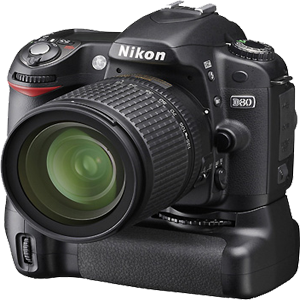Data processing systems are systems that manipulate, process, and store data. The processor is the brain of a computer system, performing all calculations and other data manipulation under the control of application and operating system software. A computer data processor is often referred to as a microprocessor.
Modern computer systems include a microprocessor and a system memory for storing instructions to be executed by the microprocessor and data to be processed by the instructions. A microprocessor is a circuit that combines the instruction-handling, arithmetic, and logical operations of a computer on a single semiconductor integrated circuit. Microprocessors can be grouped into two general classes, namely general-purpose microprocessors and special-purpose microprocessors. General purpose microprocessors are designed to be programmable by the user to perform any of a wide range of tasks, and are therefore often used as the central processing unit (CPU) in equipment such as personal computers. A microcontroller, or embedded controller, is similar to a microprocessor as used in a personal computer, but with a great deal of additional functionality combined onto the same monolithic semiconductor substrate.
Special purpose microprocessors are designed to provide performance improvement for specific predetermined arithmetic and logical functions for which the user intends to use the microprocessor. A digital signal processor (DSP) is a special purpose microprocessor that performs computations which generally require large numbers of arithmetic operations to be performed rapidly. Digital signal processing is connected with the representation of signals by sequences of numbers or symbols and the processing of these signals. Microprocessors often employ the use of pipelining to enhance performance. With pipeline architecture, the tasks performed by a processor are broken down into a sequence of functional units referred to as stages or pipeline stages.
Superscalar microprocessors typically execute more than one instruction per clock cycle. Superscalar microprocessors allow parallel instruction execution in two or more instruction execution pipelines. The goal of superscalar and superpipeline microprocessors is to execute multiple instructions per microprocessor clock cycle. In a data processor, a clock signal is generated by a clock generating circuit and various circuit resources operate synchronously with the clock signal. In this way, various kinds of data processing can be executed.
Dapat Duit Tanpa Buat Produk dan Website
16 years ago




0 comments:
Post a Comment